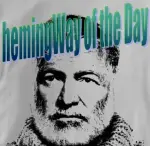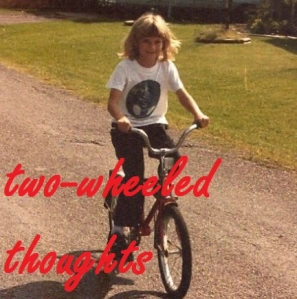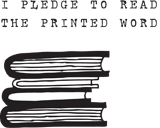 I continue to have mixed reactions to The Art of series from Graywolf (a publisher I love). (See History, Subtext, Description; I gave up on Donald Revell’s The Art of Attention without reviewing it.) Voigt’s The Art of Syntax was interesting, and not without its high points for me. But a very detailed focus on poetry made it, unsurprising, less accessible for this particular reader than it might have been.
I continue to have mixed reactions to The Art of series from Graywolf (a publisher I love). (See History, Subtext, Description; I gave up on Donald Revell’s The Art of Attention without reviewing it.) Voigt’s The Art of Syntax was interesting, and not without its high points for me. But a very detailed focus on poetry made it, unsurprising, less accessible for this particular reader than it might have been.
Much of the book is devoted to metric feet and uses poetry terms that I am still learning. There is a glossary, to help us keep our trochees and tercets straight, our spondees and Pyrrhic feet, and I referred to it repeatedly, but I think I still need the beginner course. Voigt parses a number of specific poems (she also uses the verb ‘parse’ in a specific way I was not familiar with); and I enjoyed these: Elizabeth Bishop’s “The Moose”, Donald Justice’s “To the Hawks,” Philipi Larkin’s “Cut Grass,” and D.H. Lawrence’s “Snake,” among others. (I love the naturalist theme of those titles! although “the Hawks” are figurative ones.) But – and I suppose this betrays my interests – I wish I’d learned more about the words themselves and their meanings, and spent less time on feet and meter and syllables. My brain just doesn’t have great patience for counting these, which perhaps is why Jessie wanted me to read this book. Sigh. I don’t know that I got everything out of it that I should have. (I feel like a broken record when writing about poetry.)
I ended up being reminded of Suzanne Paola’s excellent teaching (at Western Washington University) on syntax and language (particularly Germanic vs. Latinate words – a topic Voigt touches on briefly). Suzanne was much more prose-focused, and made much more sense to me at the time. I wish I had access to some of her teaching. I do still have this link she shared with us, which I appreciate for its recognition of concepts as well as its terms naming them. A handful of these (like parataxis and hypotaxis) appeared in Voigt, like old friends.
In the end, the most useful nuts-and-bolt craft tip I distilled out of this book was: vary your sentence lengths! which, duh; but it bears reminding. Beyond that, the music in the line – rhythm and rhyme – is something I recognize and admire and want for my own work, but the minutia of it eludes me at this point. Whatever of it that I have now comes by instinct, not conscious design, and certainly not counting of feet. I shall keep on exposing myself to discussions like this and hope it sinks in. Another central idea of Voigt’s is the importance of surprise, not the surprise of content (which the reader will be aware of) but the surprise of word order or syntax, that the reader may remain unaware of as the source of that special something in a given line.
They are good lessons. Despite my continuing trouble with this series, I’m looking forward to Maud Casey’s The Art of Mystery, so stay tuned for that review.
Filed under: book reviews | Tagged: poetry, writing/craft, WVWC MFA reading list |







Leave a comment